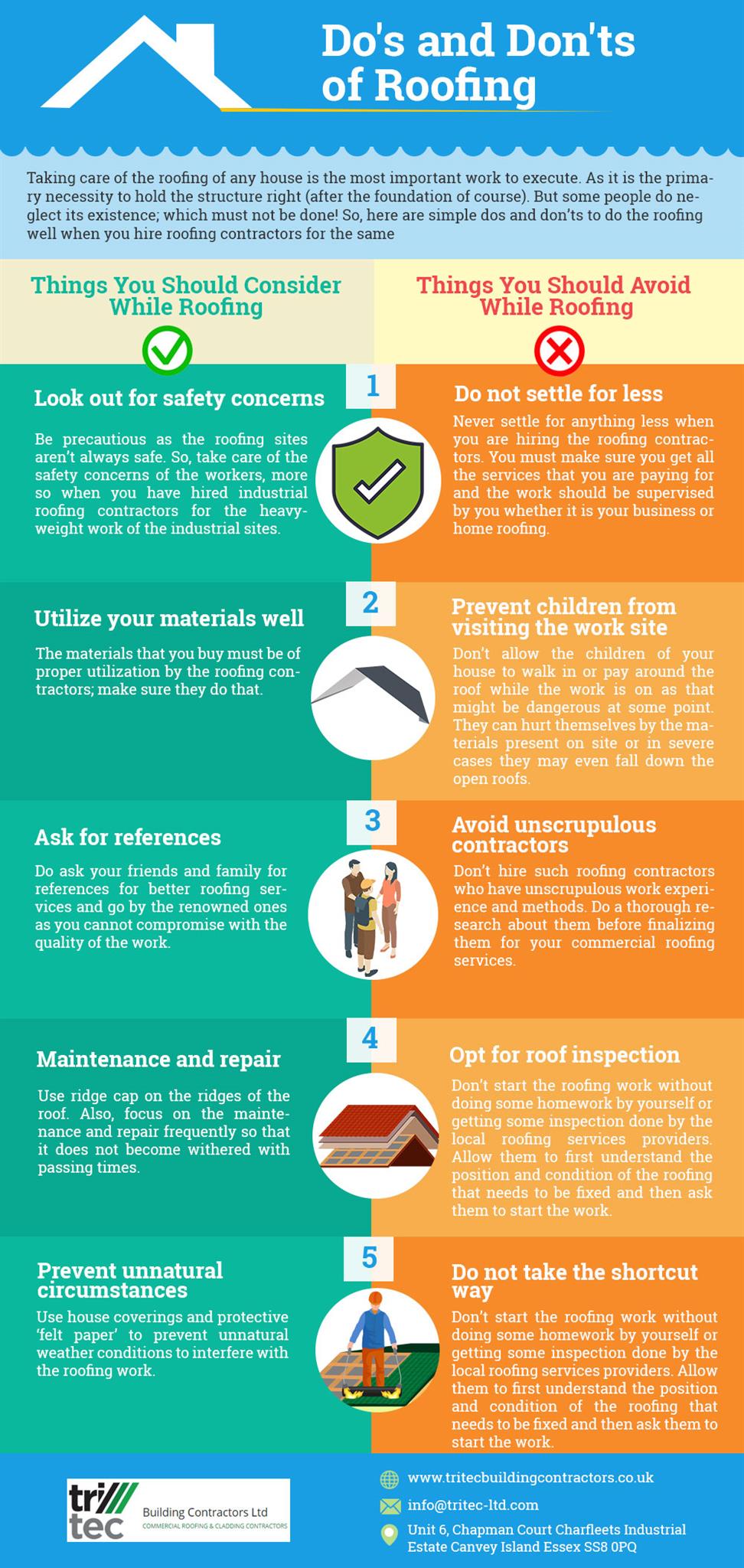Assess The Expenditures And Benefits Of Solar Installation To Highlight The Possible Financial Gains For Those Exploring This Renewable Energy Solution
Assess The Expenditures And Benefits Of Solar Installation To Highlight The Possible Financial Gains For Those Exploring This Renewable Energy Solution
Blog Article
Writer-Storm Kane
When taking into consideration the expenses of solar installation, you might question the ahead of time financial investment called for and whether it lines up with the prospective lasting advantages. Understanding the details of these expenditures and the different aspects affecting the general return can clarify the value proposal of transitioning to solar energy. By reviewing both the initial configuration prices and the projected cost savings in time, you can acquire insight into whether the investment in solar installment holds guarantee for your economic future.
Initial Configuration Costs
When thinking about the expenses of solar installment, the preliminary arrangement expenditures play a critical duty in your decision-making process. These ahead of time expenses include the price of solar panels, inverters, mounting devices, and installment labor.
The cost of photovoltaic panels can vary relying on the brand, effectiveness, and dimension you pick. Inverters are crucial for transforming the sunlight's energy right into usable power and come in different kinds such as string inverters, microinverters, and power optimizers, each with its own cost effects.
Installing devices, such as shelfs and rails, is necessary to firmly install solar panels on your roofing system or building.
The installment labor expense covers the specialist installation of the planetary system, ensuring that everything is set up properly and successfully. Bear in mind that while these initial configuration costs might seem high, there are usually refunds, tax rewards, and funding choices readily available to aid balance out the expenses and make solar installation much more budget friendly in the long run.
Long-Term Cost Savings Evaluation
To comprehend the economic benefits of solar installation gradually, it's essential to perform a detailed long-term cost savings analysis. While the first configuration costs of photovoltaic panels might appear daunting, the lasting savings can exceed these expenses considerably. By using the power of the sun to produce electrical energy for your home, you can potentially save thousands of dollars on your energy bills over the life-span of your planetary system.
One of the essential aspects to think about in a long-lasting savings analysis is the decrease in your electrical power costs. With solar panels, you can generate your electrical power, reducing or even eliminating your dependence on the grid. This can result in substantial cost savings, especially as utility rates remain to climb.
In addition, several governments provide incentives such as tax obligation credit scores and rebates for setting up solar panels, additionally improving your long-term financial savings. By making use of these incentives and optimizing your solar energy production, you can delight in substantial monetary advantages for many years to find.
Return on Investment Estimation
Taking into consideration the economic benefits of solar setup, it's time to assess the Return on Investment (ROI) estimation. Establishing the ROI entails comparing the overall prices of setting up a solar system with the financial benefits it produces over its lifespan.
To compute ROI, divide the net profit from the system by the complete investment expense and increase by 100 to obtain a portion. The ROI formula is: (Net Profit/ Total Amount Investment Expense) x 100.
As an example, if the total cost of mounting a planetary system is $20,000, and over its life expectancy, it generates cost savings and earnings completing $30,000, the net revenue would be $10,000. Splitting this by the overall financial investment expense of $20,000 gives a ratio of 0.5. Increasing https://docs.google.com/spreadsheets/d/1i6RmFLb7tSFuJvbRDpgJ627lgTCUzCJtjl2N-RuT8Sc/edit?usp=drive_link by 100 provides an ROI of 50%.
Typically, a higher ROI shows a more financially satisfying financial investment. Aspects like government motivations, upkeep expenses, and power cost changes can affect the ROI of solar installations. Recognizing the ROI assists in examining whether investing in solar energy is worth it over time.
Conclusion
In conclusion, recognizing the expenses of solar setup is critical for determining if it is worth the financial investment. By taking into solar pool heater installation , performing a long-term cost savings evaluation, and calculating the roi, you can make an educated decision concerning the economic worth of solar power. With click here for info for reduced utility bills and enhanced power self-reliance, purchasing solar setup can be a smart choice for both your pocketbook and the setting.
